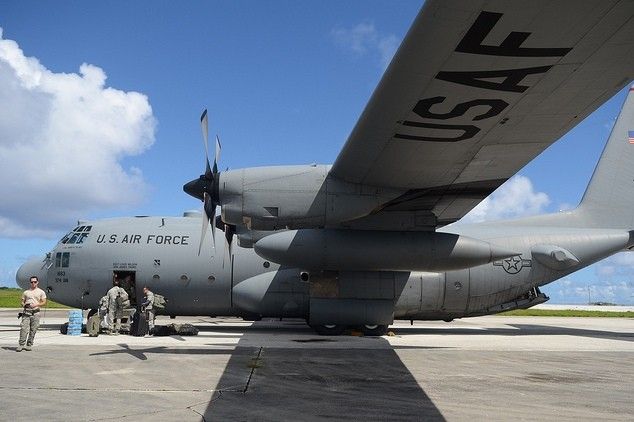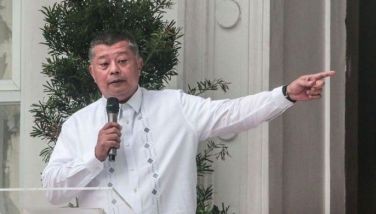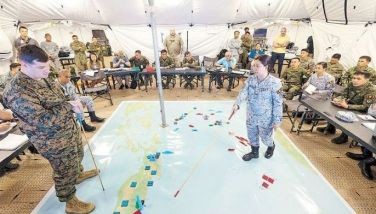US Air Force conducts overflights at SCS

MANILA, Philippines — The United States Air Force (USAF) has been sending its planes and other air assets to conduct flight operations across the South China Sea to implement Freedom of Navigation Operations (FONOPS) in the region.
US Pacific Air Forces (PACAF) commander Gen. Charles Brown said the air operations run parallel to the US Navy’s sustained FONOPS to ensure stability in the Indo-Pacific region.
“We’ve been flying in and around the South China Sea for really about the last 15 years and I would probably tell you we’ve done some as recently as this week,” Brown said.
“It doesn’t probably get as much press as what you hear about the freedom of navigation and the maritime environment, but we do hear about it because we do get calls from PRC,” Brown said, referring to China.
Brown said the USAF has been deploying its bombers, high-altitude U-2s, P-3 Orions and P-8 Poseidons surveillance planes as well as RQ-4 drones over the South China Sea.
“We have quite a bit of air activity in the South China Sea,” Brown said in response to a question by a Vietnamese reporter on PACAF’s activities.
Claiming almost 90 percent of the South China Sea, Beijing’s posturing in the region has progressed into challenging vessels and aircraft of other countries sailing or flying over the vital sea lane.
The US, a well as its partners and allies Australia, Japan, United Kingdom, France and India, have openly challenged China’s massive occupation and militarization of the South China Sea.
USAF chief Gen. David Goldfien pointed out that despite the USAF decline in personnel and air assets as compared to 1991, its posture in the Pacific hasn’t changed.
He said with troop and asset numbers coming down significantly in Europe, USAF’s footprint in the Pacific has become very steady in the region, being the number one priority of the US National Defense Strategy (NDS).
“We’re an Air Force that’s 300,000 less airmen and about 3,000 less aircraft than we were even back then to 1991 and yet, if you look at our footprint and our posture in the Pacific, we haven’t changed. We’ve come down significantly in Europe. We’ve changed significantly in the US. Our footprint in the Pacific has been very steady over time,” Goldfien said.
He issued this statement in response to question posed by a US-based journalist pointing out the gap in the USAF capabilities, given the distance of the theater from the US mainland in a China scenario.
On the recent visit of US Defense Secretary Mark Thomas Esper in the Philippines, Brown said the discussions between him and his counterpart, Defense Secretary Delfin Lorenzana, centered on the two allied states’ Enhanced Defense Cooperation Agreement (EDCA).
“It’s not about basing. It’s really about the EDCA,” Brown said.
He said EDCA is a mutually beneficial agreement and the USAF is now looking forward to building various airfields to support the Philippine government’s humanitarian assistance and disaster response (HADR).
“There’s really no US miltiary presence or expanding presence. It’s really how we equip those airfields to be able to support the Philippines, in particular, the Philippine Air Force on the conduct of HADR,” Brown said.
- Latest
- Trending


























